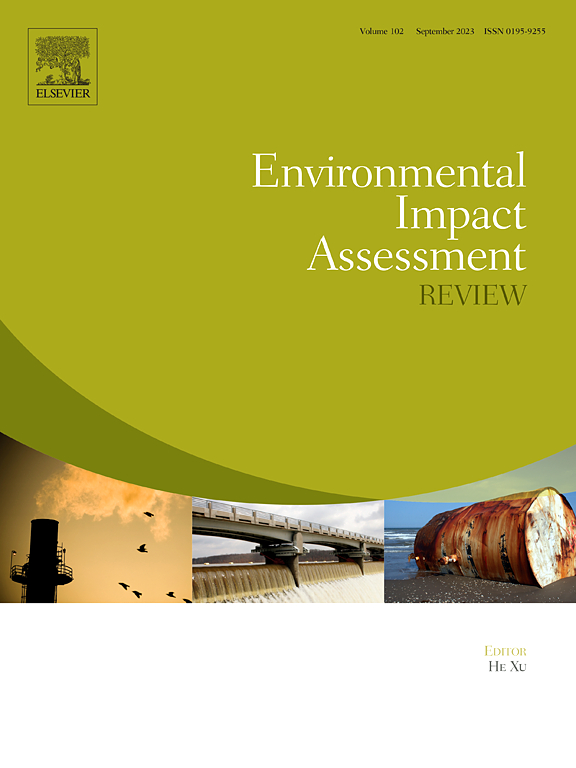中国能源三难问题的多维评估与动态演化
IF 9.8
1区 社会学
Q1 ENVIRONMENTAL STUDIES
引用次数: 0
摘要
本文章由计算机程序翻译,如有差异,请以英文原文为准。
The multi-dimensional assessment and dynamic evolution of the energy trilemma in China
Global energy dynamics are currently undergoing a critical transition toward low-carbon systems while maintaining high-quality development standards. However, this transition is hindered by the “energy trilemma,” which illustrates the inherent conflict between energy equity, security, and environmental sustainability. This study investigates the dynamics of this trilemma across spatiotemporal contexts, focusing on China, a country grappling with regional disparities in energy development. Through a multi-dimensional assessment, strategic countermeasures are discussed to mitigate the challenges posed by the energy trilemma. Key findings: (1) China's coordinated energy development remained low (0.4–0.5) from 2001 to 2021, with growth decelerating after surpassing the 0.5 coordination index threshold. (2) Energy equity, leading 57 % of provinces to 83 %, along with a decline in provinces lagging in environmental sustainability from 7 to 2 drove China's transition from nearly disordered to barely coordinated levels. (3) The spatial pattern remained uniform until 2015, with changes in environmental sustainability and security shaping regional characteristics from 2015 to 2021. (4) Under non-spatial conditions, provinces below 0.25 improved to 0.3–0.35 within three years. Static conditions showed positive spillovers, with neighbors above 0.6 reaching 0.55–0.6. In dynamic conditions, regional disparities appeared (5) Projections show strong internal stability by 2025, but the probability of disordered provinces advancing increases from 34.4 % to 61.9 % by 2030, while transition provinces reaching coordinated growth rises from 21.4 % to 39.8 %.
求助全文
通过发布文献求助,成功后即可免费获取论文全文。
去求助
来源期刊

Environmental Impact Assessment Review
ENVIRONMENTAL STUDIES-
CiteScore
12.60
自引率
10.10%
发文量
200
审稿时长
33 days
期刊介绍:
Environmental Impact Assessment Review is an interdisciplinary journal that serves a global audience of practitioners, policymakers, and academics involved in assessing the environmental impact of policies, projects, processes, and products. The journal focuses on innovative theory and practice in environmental impact assessment (EIA). Papers are expected to present innovative ideas, be topical, and coherent. The journal emphasizes concepts, methods, techniques, approaches, and systems related to EIA theory and practice.
 求助内容:
求助内容: 应助结果提醒方式:
应助结果提醒方式:


